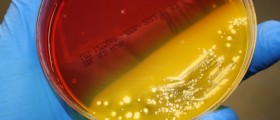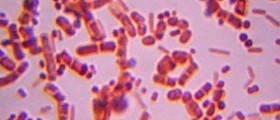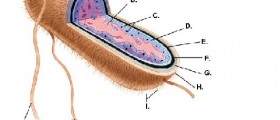
Introduction
We will focus on the ways of preventing the conditions and problems a duck may develop. These ways are mostly related to the big flocks, but they can apply to small ones also.
Prevention of diseases
Good biosecurity program will help you in this quest. You will have to eliminate the sources of infection, such as animals or live duck. Before placing a new duck, observation has to be performed. Truck and humans can also contain harmful material, so measures of precautions should be taken. To reduce the chances of infection, you should minimize the stress coming from the environment and use vaccines, which will certainly help.
Diseases
Duck plaque is transferable and lethal condition that causes greenish-yellow diarrhea, ruffled feathers and sluggishness. Other symptoms include eruptive lesions and hemorrhages. There is a vaccine that will eliminate the chances of this condition. Next condition is duck virus hepatitis, which is also lethal and transferable, but it affects duck younger than 28 days of age. This condition develops extremely fast, whereas the death occurs after an hour. The more mature ducks become resistant to this condition. Symptoms of this disease are hemorrhagic spots, enlarged liver and spasmodic leg contractions. Avia cholera is produced by a bacterium called Pasteurella multocida. This condition is common in Asia and occurs because of improper sanitation. It produces appetite loss, diarrhea, mouth discharge, enlarged liver, abdominal fat, labored breathing, and hemorrhages. Riemerella anatipestifer infection is very mortal and causes eye discharge, listlessness and diarrhea, all of which are common for serious cases. Other symptoms include infection of heart, liver membranes and air sacks, incoordination, head shaking and neck twisting. Aspergillosis is a condition caused by the inhaled mold, and it produces plaques and nodes in the air sacks and nodes. Symptoms are dehydration, gasping and listlessness. Condition called colibacillosis is produced by Escherichia coli and it usually affects ducks between 2 and 8 eight weeks of age. The most common symptoms are lesions, yolk sack and hatchability. Improving the sanitizing condition may prevent this condition from occurring.
Toxins
When it comes to ducks, you have to be very careful about several toxins, since they are extremely poisonous for them. Aflatoxin is a toxin that comes from the molds on the oilseed and cereal grains. Ducks can die because of this toxin which can be found in castor beans. Item poisonous in these beans is ricin. Toxin produced by clostridium botulinum bacterium occurs in certain conditions. It is very deadly and ducks die after two days the most. It produces neck, wings and legs paralysis. There are several insecticides very toxic to ducks, and among them are rat poisons, rodent sprays and insect sprays.

















Your thoughts on this
Loading...